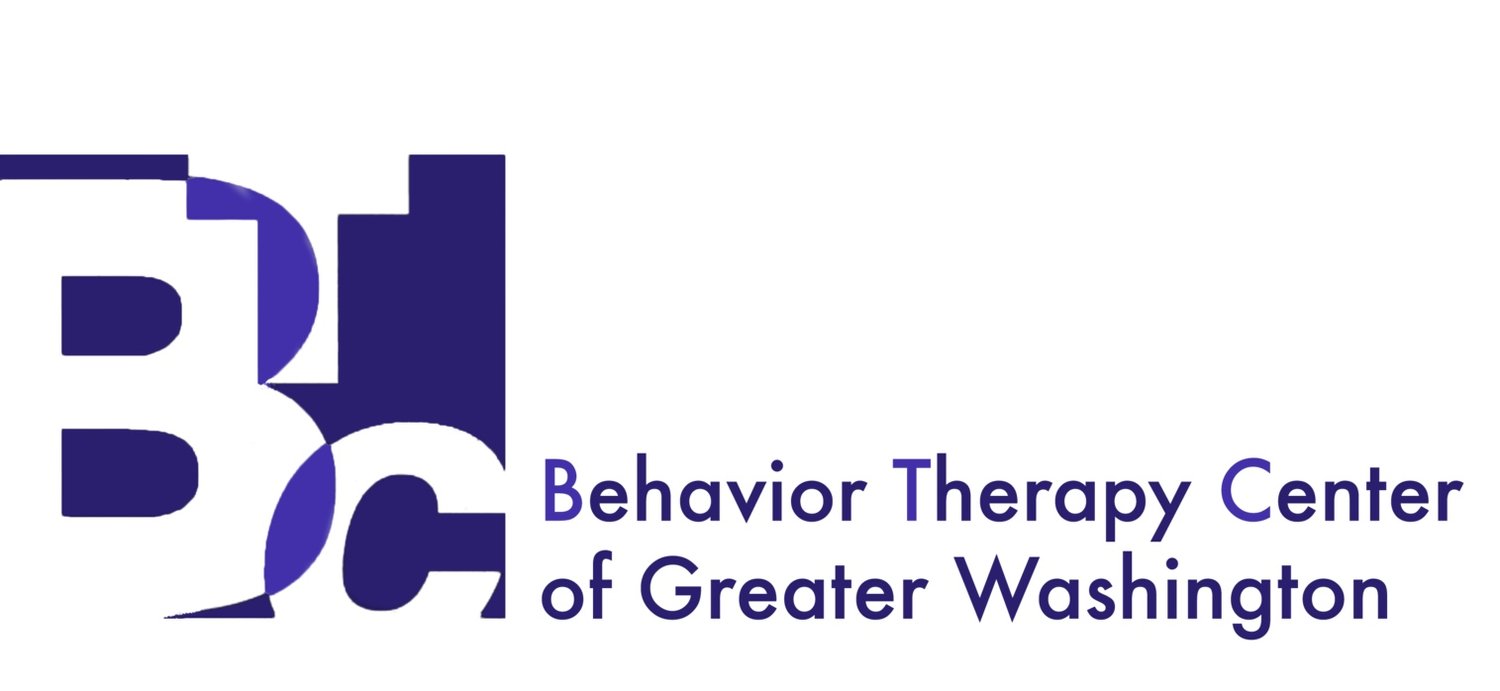Trichotillomania: A Perplexing Disorder With An Odd Sounding Name
/by Sherrie Vavrichek, LCSW-C
BTC just participated in TLC Foundation for BFRBs' 24th Annual Conference on Body-Focused Repetitive Behaviors in St Louis on April 21st through the 23rd, 2017. Check out this article on trichotillomania by one of our resident BFRB experts, Sherrie Vavrichek, LCSW-C.
Trichotillomania is a disorder that causes people to pull out the hair from the head, eyebrows, eyelashes, or from other parts of the body. The condition results in visible damage and emotional distress, and that often significantly interferes with work, school, or social activities. Although many people—including some people who have the condition—have never heard of trichotillomania (also referred to as “trich” or “TTM”), it is not a rare disorder. Based on recent studies, it is believed that TTM exists worldwide, and that may affect up to one in 50 people in the U.S. alone. The onset of trich is generally between the ages of 9 and 13 years of age, and is more common among females than males. Current thinking suggests that TTM is one of a number of related problems called Body Focused Repetitive Behaviors (BFRBs) that include skin picking, nail biting, and cuticle biting.
Scientific investigation of trichotillomania began only around 20 years ago, so knowledge about the disorder is still at a relatively early stage. While there is still much to learn, research efforts have added greatly to our understanding of trich and to developing effective approaches to its treatment.. Currently, most experts agree that the most effective treatment for trichotillomania is called cognitive behavior therapy (CBT). Dr. Charles Mansueto and his colleagues at the Behavior Therapy Center of Greater Washington developed a CBT based treatment model called “ComB” (Comprehensive Behavioral) Therapy that has been published and is now widely used around the country.
Use of the ComB treatment model begins with a careful analysis of a person’s pulling “profile,” which includes identifying the details of the person’s pulling behavior. Using this information, needs that are being met by pulling, and the obstacles to controlling the behavior, are analyzed. A program that includes using of a variety of interventions is then tailored to the person’s unique situation.
Some interventions are designed to meet the person’s need to keep his or her hands active, or to stimulate the area where pulling occurs. Substituting the use of koosh balls, silly putty, or other “touch toys,” or combing or brushing the hair, are examples of strategies that can address these needs. Other strategies address uncomfortable thoughts or feelings that can “trigger” pulling behavior. These may include disputing perfectionistic thoughts, or learning to manage difficult emotions through problem-solving, assertiveness, yoga, or relaxation exercises, or the use of physical exercise. The ComB model also includes the use of bandaids, hats or gloves. Other strategies involve modifying school, work, or home environments by, for example, covering mirrors or dimming lights. Once significant progress towards managing trich is made, relapse prevention interventions are used to help people maintain their gains.
A valuable source of information about trichotillomania, and other BFRBs, including skin picking disorder is the TLC Foundation for BFRBs, based in Santa Cruz, CA (www.bfrb.org). In addition, one of TLC’s most important missions is to reach out to individuals with trich, and to let them know that they are not alone. For the large number of people with TTM who struggle with debilitating shame and embarrassment, this is a crucial part of the recovery process.
Sherrie M. Vavrichek, LCSW-C
Co-Author of The Hair Pulling “Habit” and You, and author of Compassionate Assertiveness

